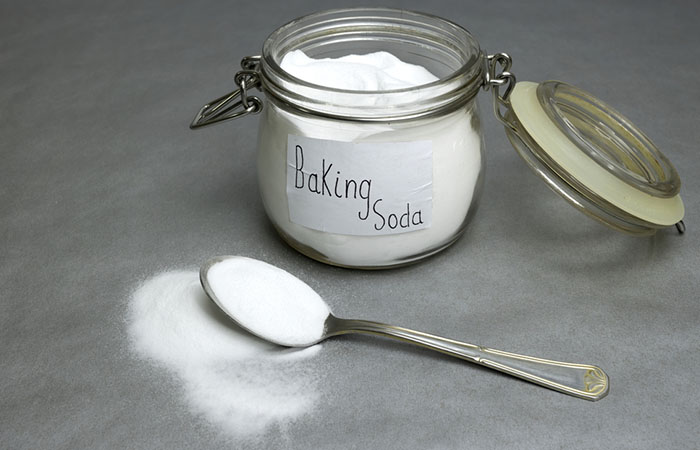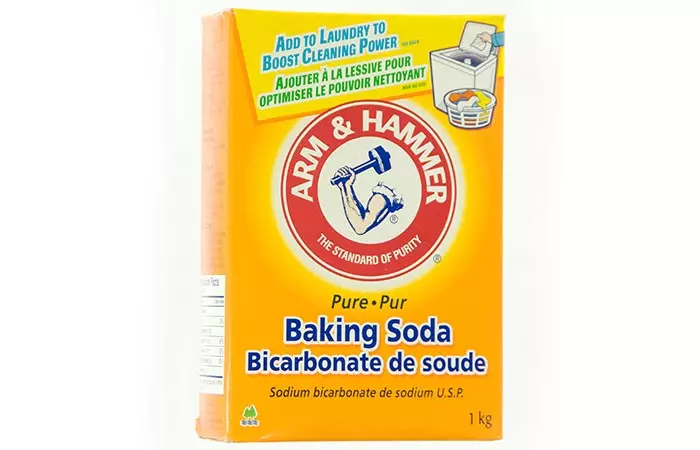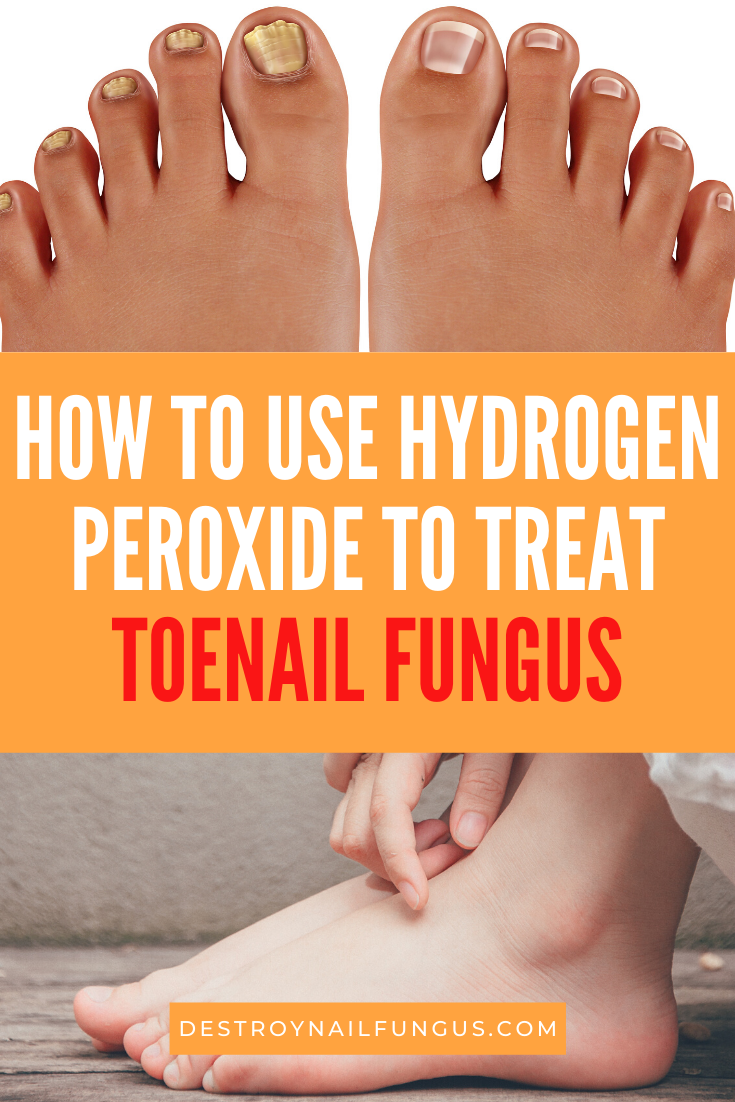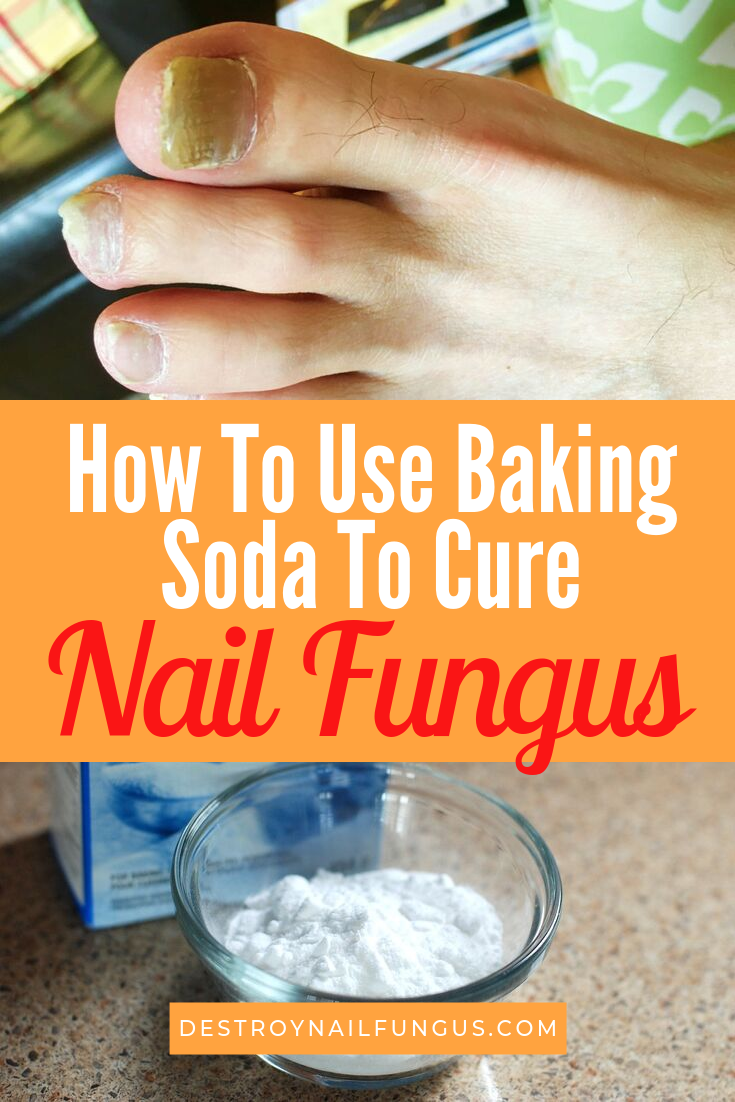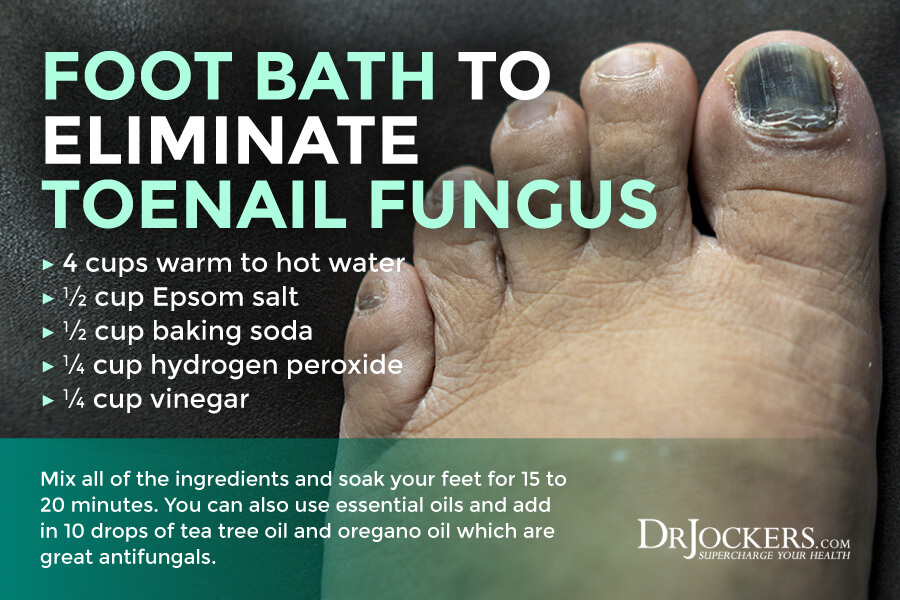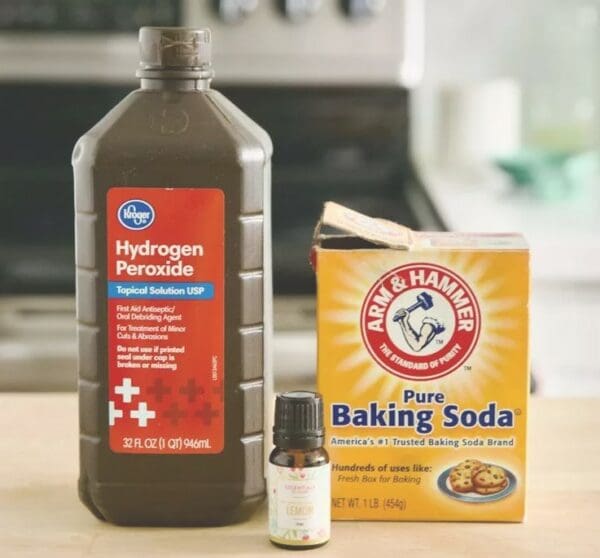Hydrogen Peroxide And Baking Soda For Nail Fungus

Nail fungus sufferers are urgently seeking accessible treatments as over-the-counter options prove insufficient. A growing number are turning to a simple home remedy: a mixture of hydrogen peroxide and baking soda.
This article explores the alleged benefits of this combination, examining what users claim it does, how they use it, and the crucial caveats everyone should understand before trying this approach.
The Claim: A DIY Antifungal Solution?
The purported effectiveness of hydrogen peroxide and baking soda against nail fungus stems from their individual properties. Hydrogen peroxide is known for its antiseptic and antifungal qualities. Baking soda, meanwhile, is an alkaline substance believed to inhibit fungal growth.
Online forums and social media groups are rife with anecdotal evidence. People share their experiences, describing how the mixture allegedly reduces discoloration, softens the affected nail, and even eradicates the fungus.
Reported Benefits: User Testimonials
Many users report visible improvements within weeks of consistent application. One user shared, "I had yellow, thick nails. After two months of soaking my feet in the mixture, the yellowing is almost completely gone."
Another user claims the mixture helped to reduce pain. They say it allows them to "finally wear shoes comfortably again after the baking soda/peroxide treatment softened the nail."
However, these accounts are not scientifically verified.
The Application: How To Use It
The typical method involves creating a paste or solution of hydrogen peroxide and baking soda. The concentration of hydrogen peroxide generally ranges from 3% (the common household variety) to 10% (used with caution).
The mixture is then applied directly to the affected nail. It is often left on for 10-20 minutes before being rinsed off.
Some users soak their feet in a solution of water, hydrogen peroxide, and baking soda. They generally repeat this process daily or several times a week.
Recipe and Method: An Example
A common recipe involves mixing one part 3% hydrogen peroxide with two parts baking soda. This forms a paste that can be applied directly to the affected nail.
Users are advised to wash and dry the affected area thoroughly before application. The paste should be left on for approximately 15 minutes, then rinsed off with water.
It's important to pat the area completely dry to prevent further fungal growth.
Important Caveats: What You Need To Know
Despite the anecdotal reports, there is no conclusive scientific evidence to support the effectiveness of hydrogen peroxide and baking soda against nail fungus. Consulting a doctor is crucial.
The use of hydrogen peroxide can cause skin irritation, especially at higher concentrations. Always perform a patch test before applying it to the entire affected area.
This remedy is not a substitute for professional medical advice or prescribed antifungal medications. Delaying proper treatment can worsen the infection.
Medical Perspective: A Call for Caution
"While hydrogen peroxide and baking soda have some antifungal properties, they are unlikely to penetrate the nail bed effectively to eradicate the infection," explains Dr. Emily Carter, a dermatologist. She further stated that "Prescription medications are generally needed to treat nail fungus effectively."
Dermatologists warn against relying solely on home remedies. Early diagnosis and treatment with proven antifungal medications are essential.
Self-treating with unproven remedies can lead to prolonged suffering and potential complications.
Next Steps: Seeking Professional Help
Individuals experiencing nail fungus should consult a dermatologist or podiatrist for proper diagnosis and treatment. Prescription antifungal medications, both topical and oral, are often necessary.
Further research is needed to determine the true efficacy of hydrogen peroxide and baking soda against nail fungus. Controlled clinical trials would provide valuable insights.
Until then, use this remedy with extreme caution and always under the guidance of a healthcare professional.



